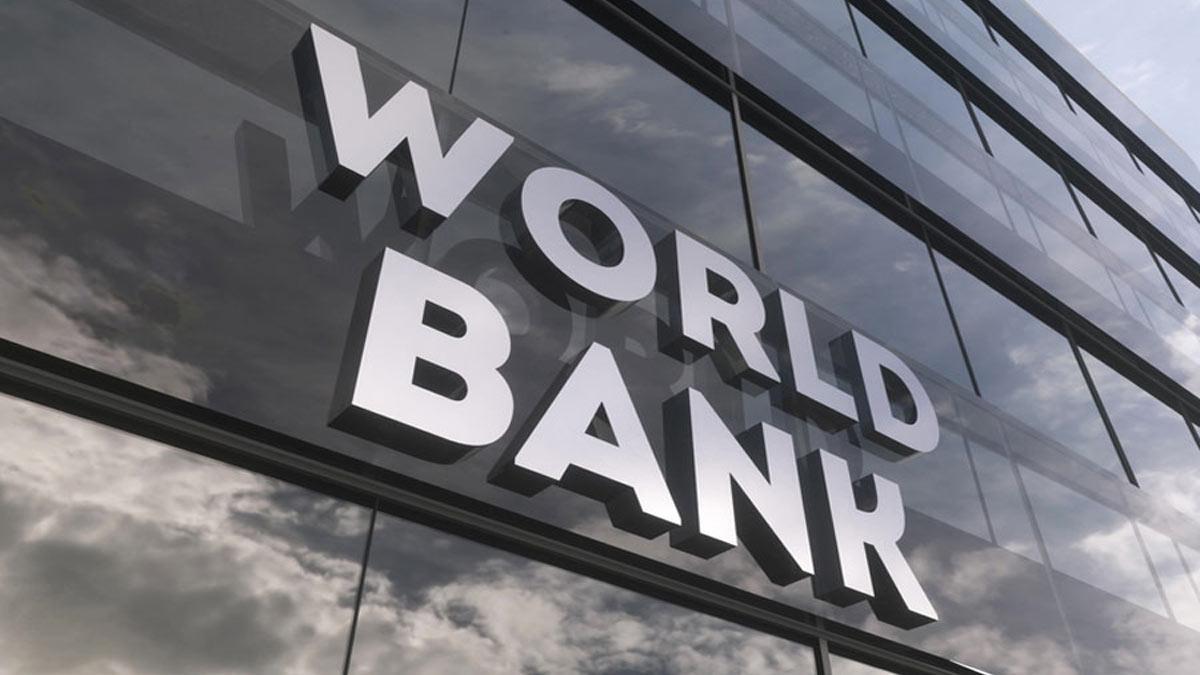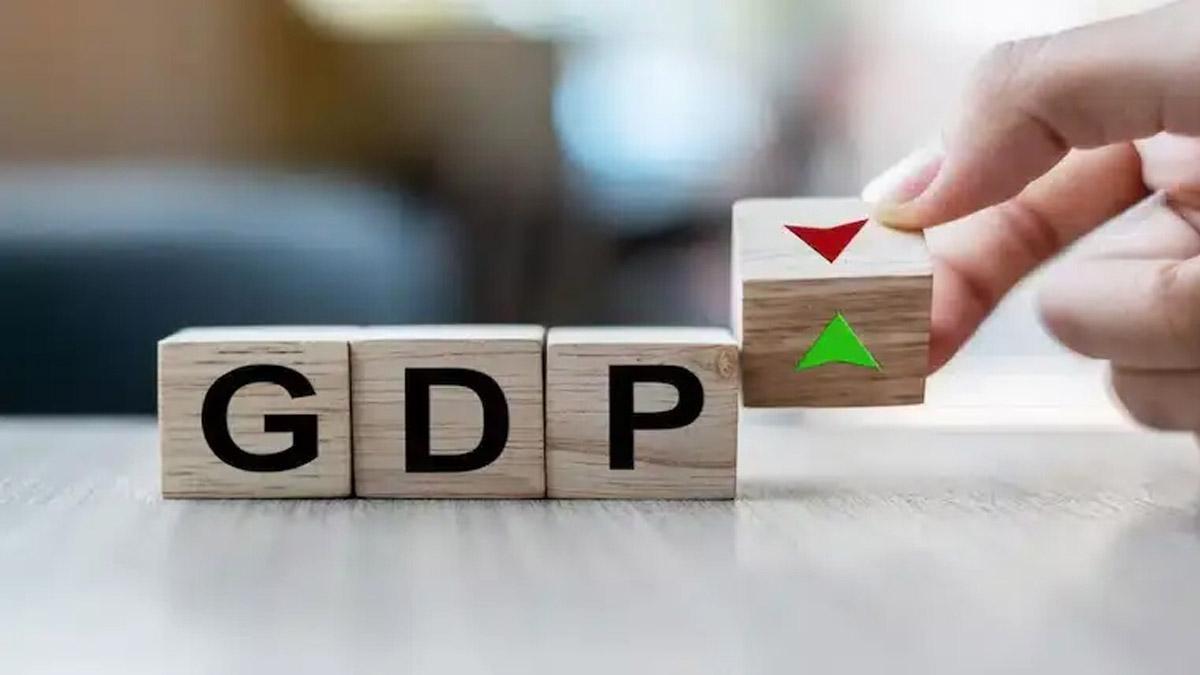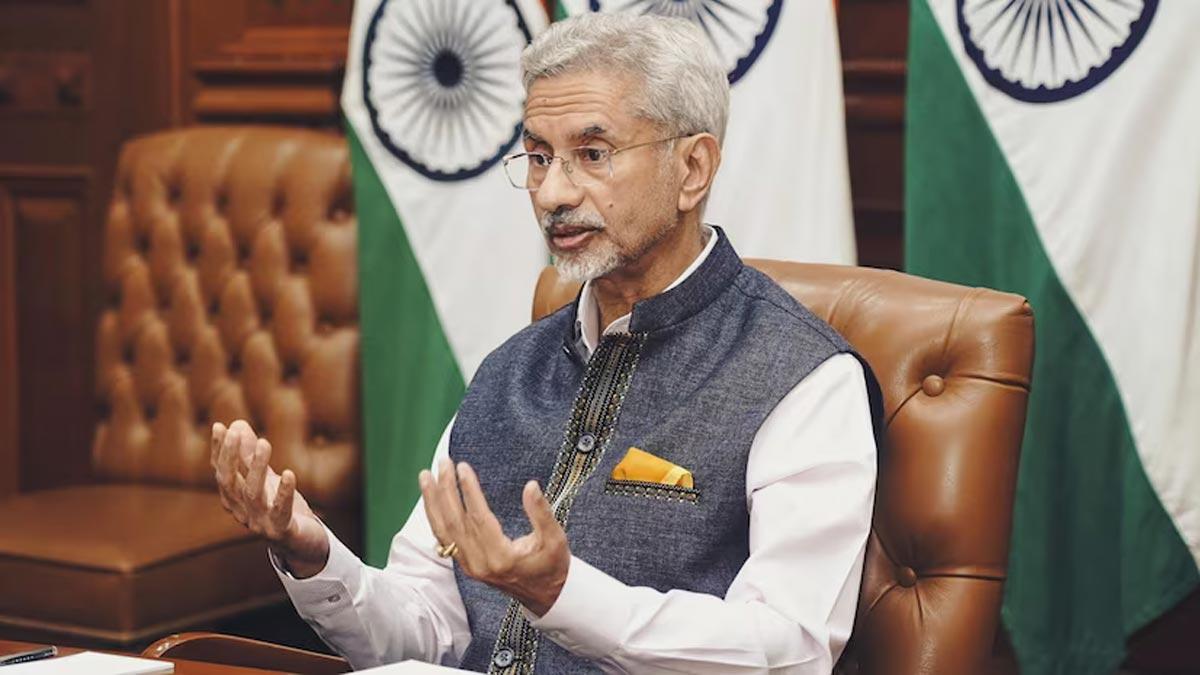India continues to hold its position as the world's fastest-growing major economy, with the World Bank maintaining its growth forecast at 6.3% for the fiscal year 2025-26.
In its recent Global Economic Prospects report, the World Bank forecast growth to be at an average of 6.6% per annum over the next two years starting FY 2026-27.
The revival is predicted to be led by good performance in the services sector, which is seen to propel the growth of exports.
The report added that India's economy slowed down in FY 2024-25 (April 2024 to March 2025) primarily because of declining industrial production momentum.
"Growth in construction and services activity continued to be stable, while agricultural production bounced back from extremely hard drought conditions with the help of firm rural demand," the World Bank said.
At the global level, rising trade tensions and volatile policy conditions are expected to drag growth to its weakest since 2008, apart from outright recessions.
This financial pressure has seen downward revisions in growth forecasts for almost 70% of the world's economies irrespective of their income level or region.
The report quotes that, "Global growth is forecast to slow to 2.3 per cent in 2025, almost half a percentage point lower than the rate that had been predicted at the beginning of the year."
Although a global recession is not seen happening now, the World Bank warned that if these projections hold true, the initial seven years of the 2020s could mark the weakest average global growth since the 1960s.
Indermit Gill, the World Bank Group Chief Economist and Senior Vice President of Development Economics, was worried about the weakening momentum in developing nations.
Beyond Asia, the rest of the world is fast turning into a development-free zone," he said. "It has been marketing itself for over a decade." Growth in developing economies has slowed down over three decades—from 6 per cent a year in the 2000s to 5 per cent in the 2010s—to below 4 per cent in the 2020s," he further added.
This decline is reflecting the slowdown in world trade growth, which fell from an average of 5% during the 2000s to 4.5% in the 2010s and now below 3% in this decade. Investment drive has also slowed down, while international debt has jumped to record levels.
To ride the changing global economic tide, the report suggested that developing countries increase trade openness in the form of strategic partnerships and regional trade arrangements.
It also suggested that policymakers prioritize domestic revenue mobilization, ensure targeted fiscal expenditure to cushion the poor and vulnerable groups, and strengthen fiscal institutions in the wake of limited public resources and expanding developmental pressures.
Read also| India's defence exports surged by 1,100 pc in last 10 years, Says Nirmala Sitharaman
Read also| No declining trend in FDI into India, Says Piyush Goyal


















